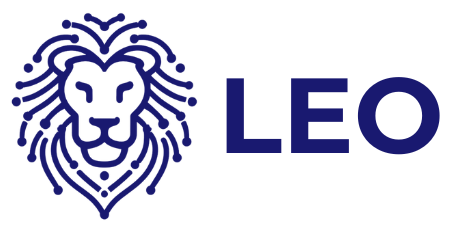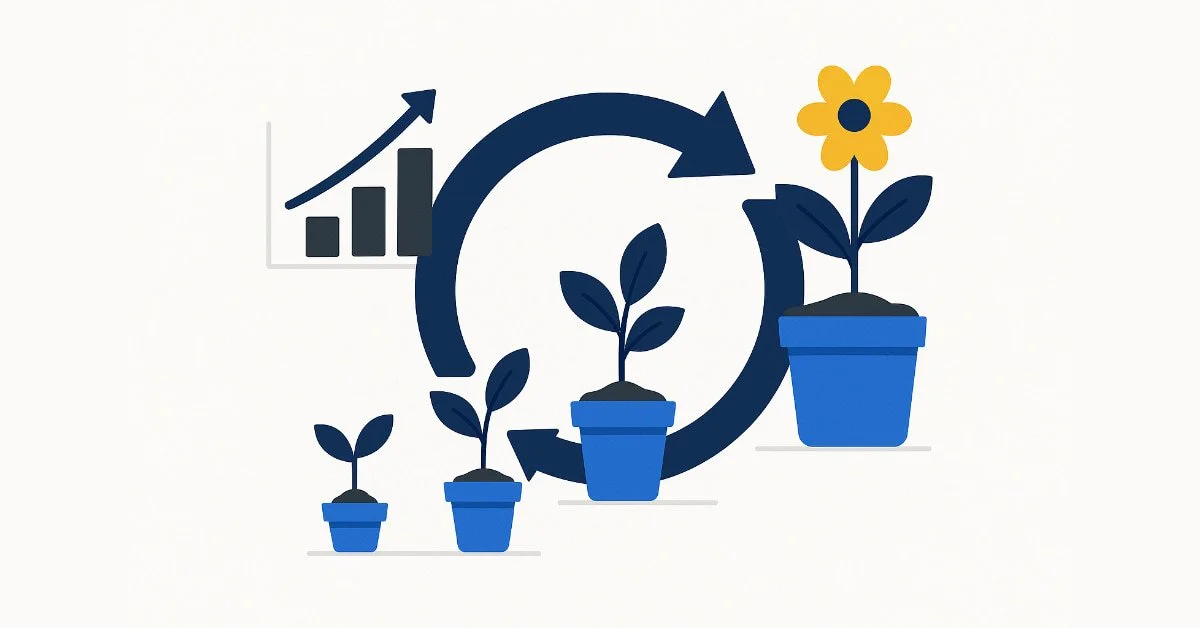How to Improve Conversion Rates at Every Stage of the Customer Lifecycle
Improving conversion rates isn’t just about optimizing checkout pages or sending better sales emails, it’s about guiding customers at every stage of their journey. Whether someone is discovering your brand for the first time or deciding if they’ll stay loyal, each touchpoint presents an opportunity to convert them to the next step.
In this guide, we’ll walk through how to identify conversion opportunities at every lifecycle stage and share actionable strategies to turn curious visitors into loyal advocates.
Understanding the Customer Lifecycle
The customer lifecycle is more than a sales funnel, it’s a relationship roadmap. While every business may name its stages differently, most models follow five key phases:
1. Awareness – When someone first learns your brand exists.
2. Consideration – When they’re weighing their options.
3. Purchase – When they take the plunge.
4. Retention – When you keep them coming back.
5. Advocacy – When they recommend you to others.
The goal? Optimize the conversion points within each stage so customers are continuously moving forward.
Stage 1 – Awareness: Turning Visitors into Engaged Prospects
At the awareness stage, the challenge is simple: you can’t convert who you can’t reach.
Tactics to Boost Conversions:
Refine targeting with segmentation: Use data from social ads, organic search, or influencer campaigns to ensure the right people see your brand.
Offer low-commitment engagement: Think free resources, webinars, or gated content that encourages email sign-ups without pushing for a sale.
Track engagement rates: Use tools like Google Analytics or marketing automation platforms to measure which channels bring the highest-quality visitors.
Example Conversion Goal: Increase email opt-ins from 2% to 5% by optimizing lead magnet CTAs.
Stage 2 – Consideration: Nurturing Leads into Buyers
Here, customers are curious but not yet committed. This is where consistent, relevant nurturing shines.
Tactics to Boost Conversions:
Personalize nurture sequences: Tailor email flows based on past behavior (downloads, page visits, webinar attendance).
Address objections early: Share FAQs, testimonials, or case studies to counter hesitation.
Test offers and CTAs: Try limited-time discounts, bundles, or free trials to drive urgency.
Example Conversion Goal: Increase click-through rates on nurture emails by 10% with segmented content.
Stage 3 – Purchase: Optimizing the Transaction
When someone is ready to buy, your job is to remove friction and build confidence.
Tactics to Boost Conversions:
Simplify checkout: Minimize required fields, offer guest checkout, and integrate multiple payment options.
Add reassurance cues: Display trust badges, shipping details, and return policies.
Recover abandoned carts: Use automated cart reminder emails or SMS within 1–2 hours of abandonment.
Example Conversion Goal: Reduce checkout abandonment rate from 70% to 60% by simplifying the purchase process.
Stage 4 – Retention: Turning Buyers into Repeat Customers
Retaining a customer costs far less than acquiring a new one, and retention boosts lifetime value.
Tactics to Boost Conversions:
Post-purchase nurturing: Send onboarding content, usage tips, or product care guides.
Exclusive offers: Reward repeat buyers with loyalty programs or subscriber-only perks.
Regular engagement: Keep customers informed with relevant updates rather than generic newsletters.
Example Conversion Goal: Increase the repeat purchase rate by 20% within six months.
Stage 5 – Advocacy: Encouraging Referrals and Reviews
Happy customers can be your most persuasive salespeople, if you give them a reason to share.
Tactics to Boost Conversions:
Referral programs: Incentivize sharing with discounts or credits for both the referrer and the new customer.
Simplify review collection: Use automated post-purchase review requests with direct links.
Spotlight advocates: Feature customer stories, testimonials, or user-generated content in campaigns.
Example Conversion Goal: Generate 30% more referrals by promoting a referral incentive in post-purchase emails.
Measuring and Iterating
Improving conversions is an ongoing process. Track stage-specific KPIs like:
Awareness: Website visits, email sign-ups, engagement rate
Consideration: Click-through rates, content downloads, webinar attendance
Purchase: Checkout completion rate, average order value
Retention: Repeat purchase rate, churn rate
Advocacy: Referral count, review volume
Run A/B tests regularly and iterate on messaging, design, and offers.
Final Thought
Boosting conversion rates at every lifecycle stage isn’t about one big change, it’s about consistent, strategic adjustments that compound over time. By mapping out your customer journey, identifying stage-specific opportunities, and tracking results, you can turn more first-time visitors into lifelong advocates.

